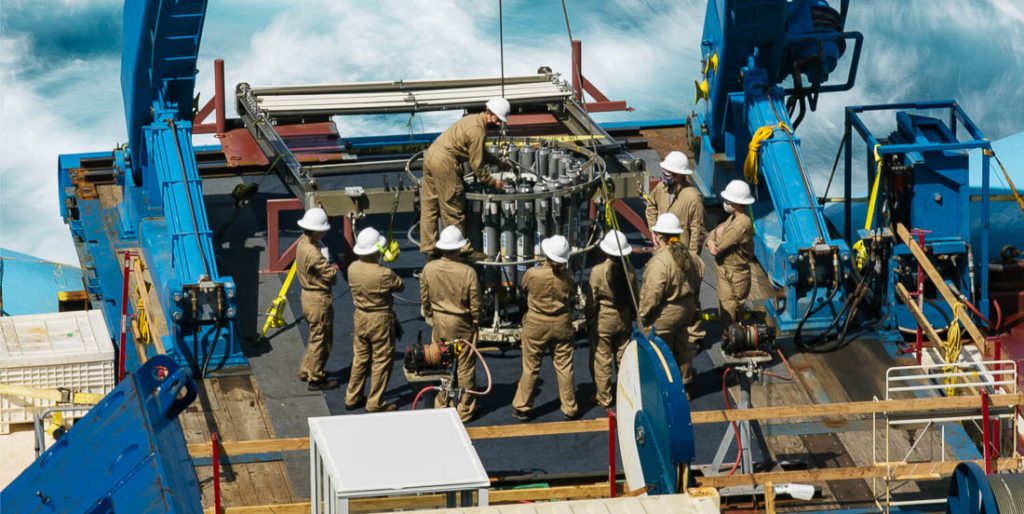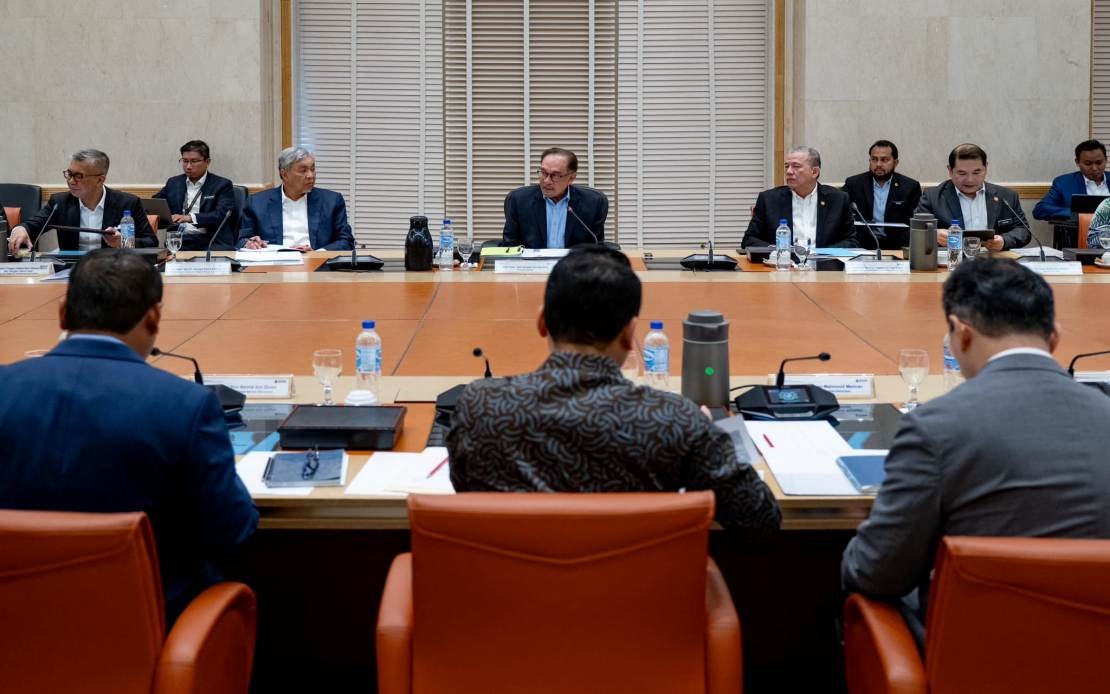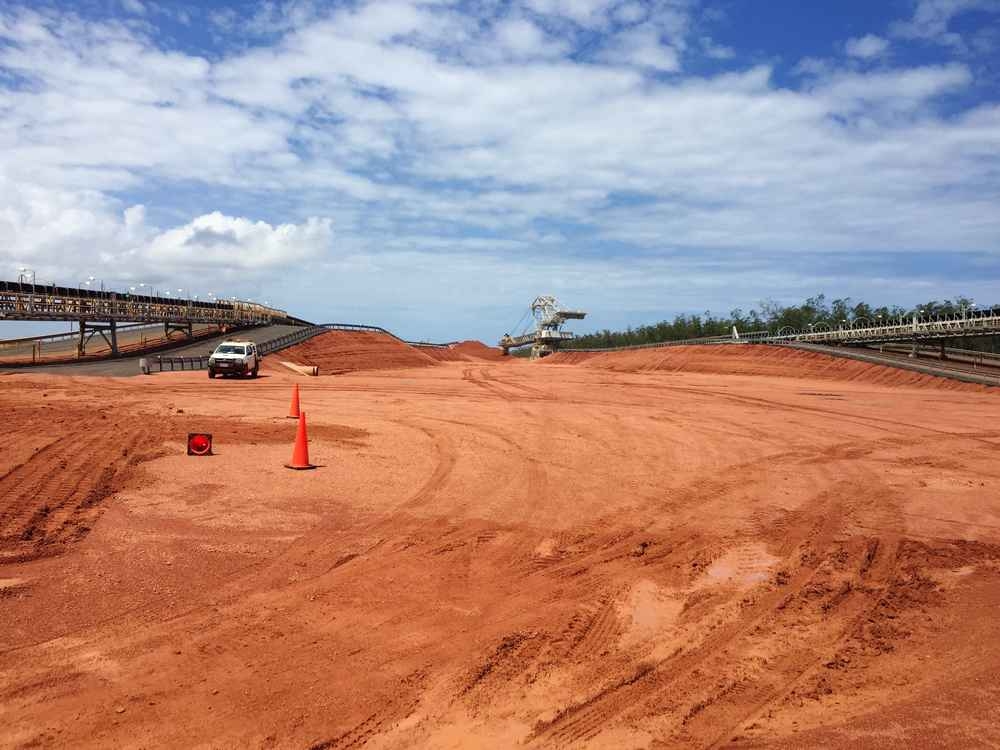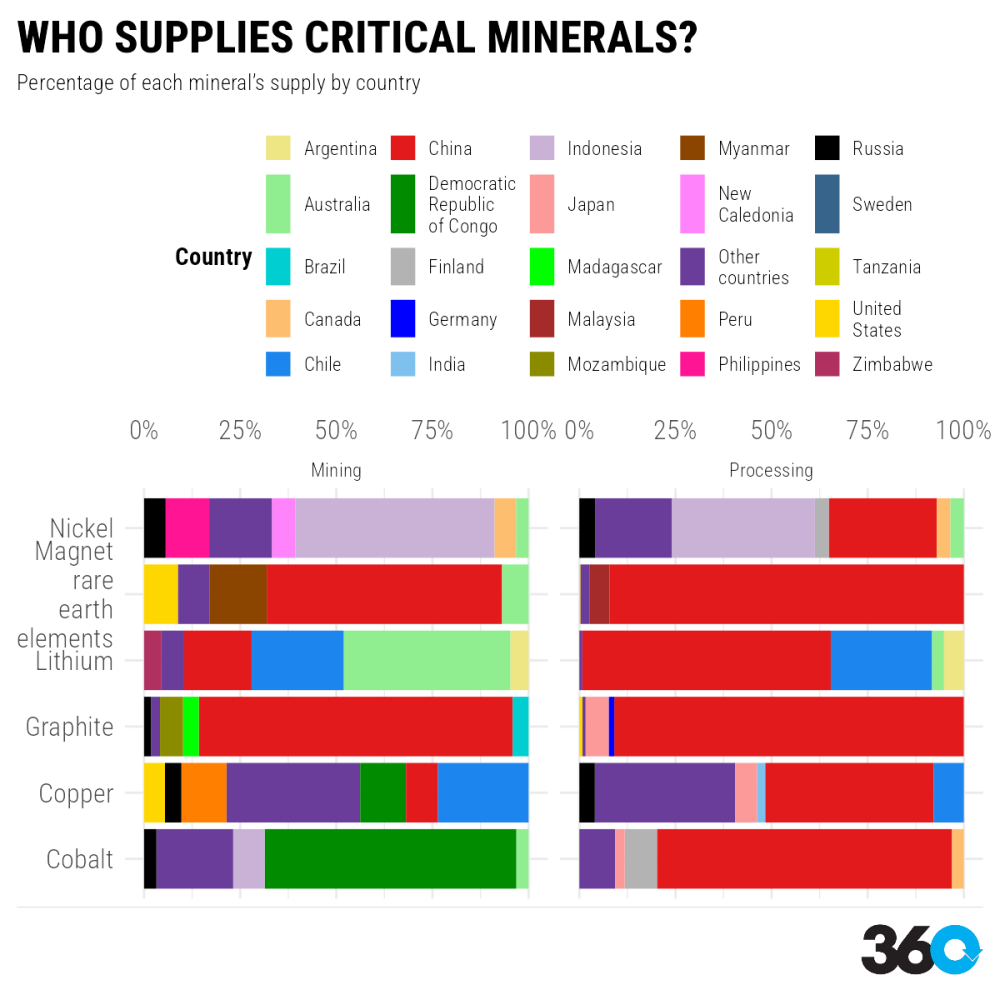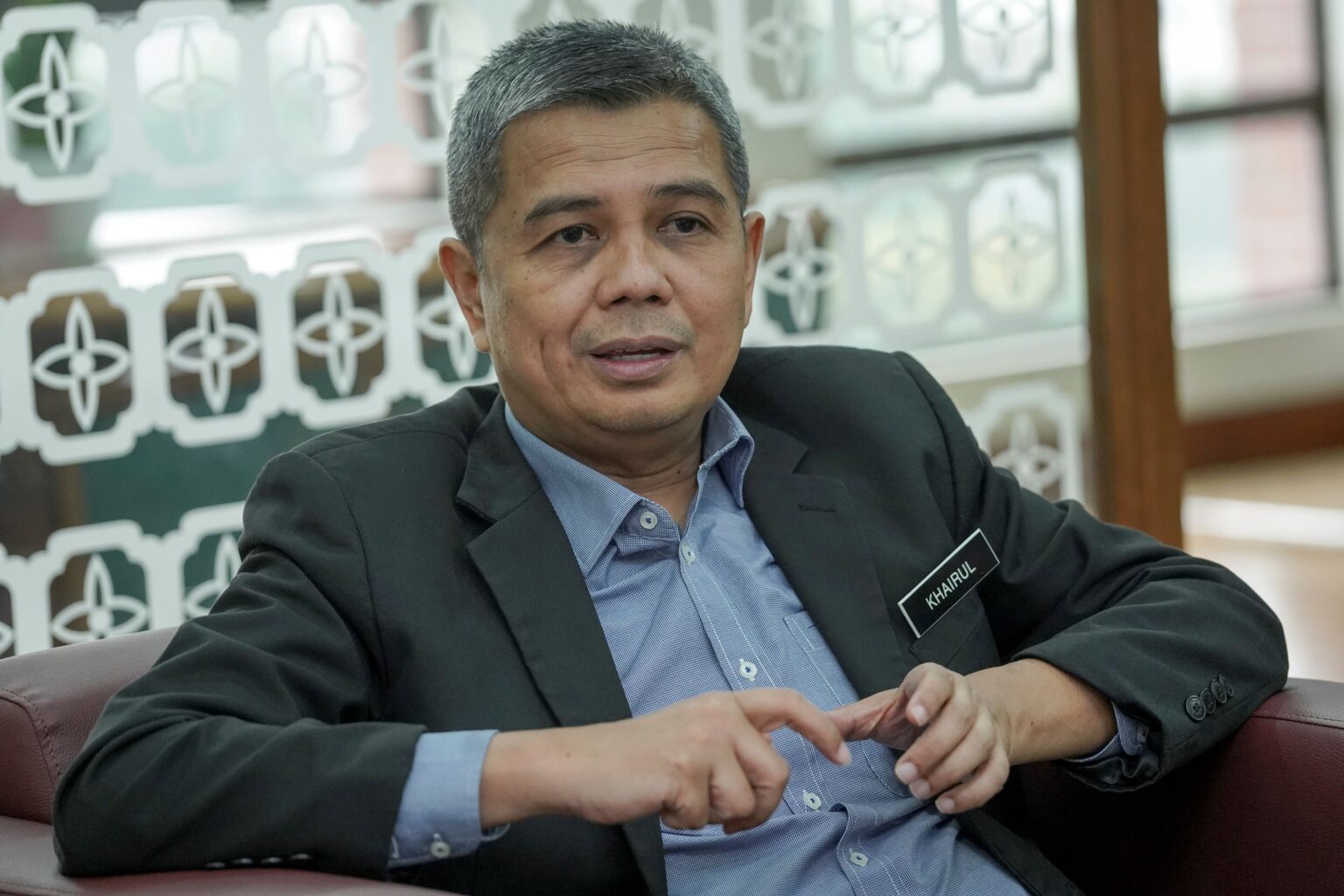
The minerals needed to produce cleaner power are abundant on the bottom of the ocean
MINING the deep oceans for cobalt, nickel, rare earths and other metals could accelerate the world’s conversion to renewable power sources. These minerals are hard to obtain on land, where mining has also created hazards for communities and workers, but can be found in abundance right on top of the ocean floor.
The problem is that the bottom of the sea isn’t one uniform environment but has its own mountains and valleys and unique ecosystems, some of them unexplored. The areas with all the minerals are among the most mysterious. They’re also rich with weird life forms — lobster-sized shrimp and transparent fish, alien-looking anemones, and sea urchins that seem to gallop across the seafloor.
One of the companies gearing up to do the mining — The Metals Co, based in Canada — is funding research to explore a mineral-rich region called the Clarion-Clipperton zone. It’s a vast, oblong patch of seafloor between Mexico and Hawaii, more than two miles below the surface of the Pacific. What those expeditions turned up was not just weird life but a whole weird system in which the mineral-containing rocks, which the scientists call nodules, might be generating some of the oxygen that the habitat’s animals are breathing.
Deep-sea mining is sometimes portrayed as a story of greedy capitalists versus good scientists, but reality is rarely so clear-cut. As global warming accelerates, we’ll be faced with countermeasures that lead to other forms of environmental harm. We’ll have to choose between curbing our consumption and adopting technology in various shades of dirty green.
The deep sea is so hard to reach that scientists and capitalists often end up working together to reach it. For example, findings in a recent Nature Geoscience paper came about in part with funding from The Metals Co.
The lead author of the paper, Andrew Sweetman of the Scottish Association for Marine Science, noticed something odd during a 2013 expedition to study oxygen consumption in the deep sea.
The oxygen in our planet’s oceans and atmosphere normally comes from photosynthesis. It’s too dark for that to happen two miles below the surface of the sea. Dissolved oxygen can be carried to the deep via currents, where it’s used up by living things, Sweetman said. And yet his sensors showed oxygen was also being produced way down there. He had the sensors recalibrated, but they still showed oxygen levels increasing. He told his students to throw the sensors in the waste bin.
Then, in 2021, with funding from The Metals Co, he tried measuring oxygen with a different method involving chemical titration. The increase didn’t disappear. He and his colleagues then brought up a sample of deep-sea rocks for various experiments.
They continued to make oxygen, which he dubbed “dark oxygen”. He considered the possibility that these metal-rich nodules were acting like natural batteries. He teamed up with an electrochemist who helped him measure a voltage — enough to separate water into hydrogen and oxygen.
The nodules grow at the astoundingly slow rate of about a few mm per million years, so these undersea environments are tens or hundreds of millions of years old, said Sweetman. And some creatures only live on the nodules.
The finding could have big implications for the understanding of the evolution of life on this planet and on other worlds with oceans — including moons of Jupiter and Saturn that NASA has plans to explore.
Not everyone is convinced. One of the researchers employed by The Metals Co told New Scientist he plans to write a rebuttal, arguing that it’s probably an error from contamination.
For his part, Sweetman doesn’t consider his finding, even if replicated, to be a reason to nix all mining plans — only to wait a little longer to understand the deep sea and how to limit mining to preserve the life down there. The minerals brought up could accelerate the race to wean ourselves from fossil fuels, he said, and climate change effects the seas as well as the land. “Everyone’s wanting their brand-new cell phone and a brand-new computer and an electric car (EV),” he said. “We need to make some tough decisions.”
The metals would be useful not just for EV batteries, but for systems that store and transport solar and wind energy, said Jennifer Dunn, a professor of biological and chemical engineering at Northwestern University. But AI also creates an insatiable market for some of the same hard-to-obtain minerals — which might make it hard to avoid getting greedy.
The trade-offs wouldn’t be so stark if people were willing to change their lifestyles. For example, Americans could invest in more public transportation — and actually use it. Dunn recalls the mocking reaction of Americans when former President Jimmy Carter suggested in 1977 that we turn our thermostats down in the winter and wear sweaters.
She said undersea mining shouldn’t be taken off the table because the consequences of unabated global warming are so dangerous, but we need to know more about the risks. Could there be some unanticipated disaster like the Deepwater Horizon oil spill? Scientists would have to assess not just the environmental impacts if everything went as planned but also the impacts if things went wrong.
Deep-sea habitats aren’t going to regenerate once they’re disturbed, at least not any time soon — so mining too aggressively could cause irreversible damage, possibly driving species to extinction before humanity even knows they exist. Climate change is, of course, posing the same kind of threat. There are no easy choices ahead of us. — BLOOMBERG


